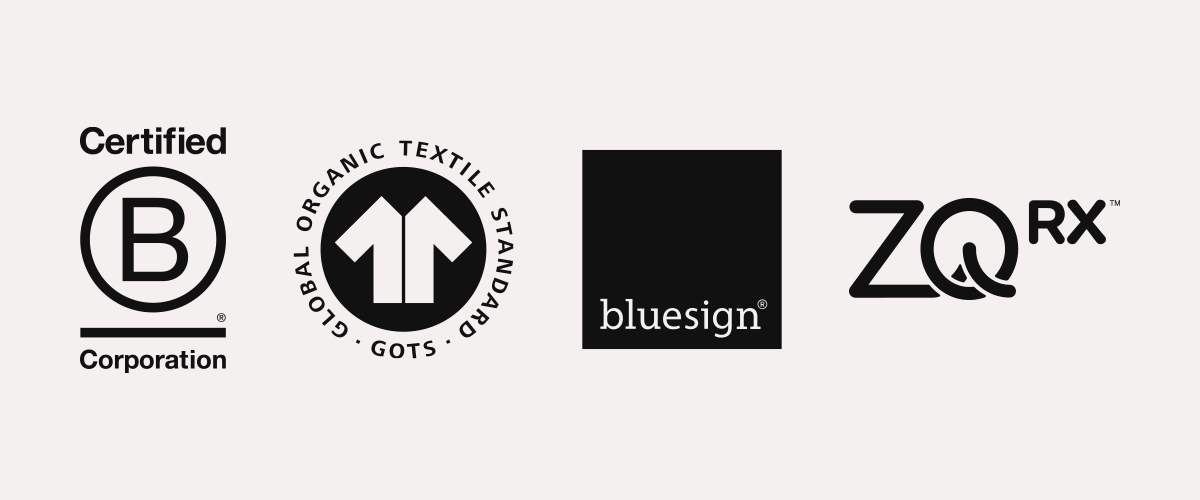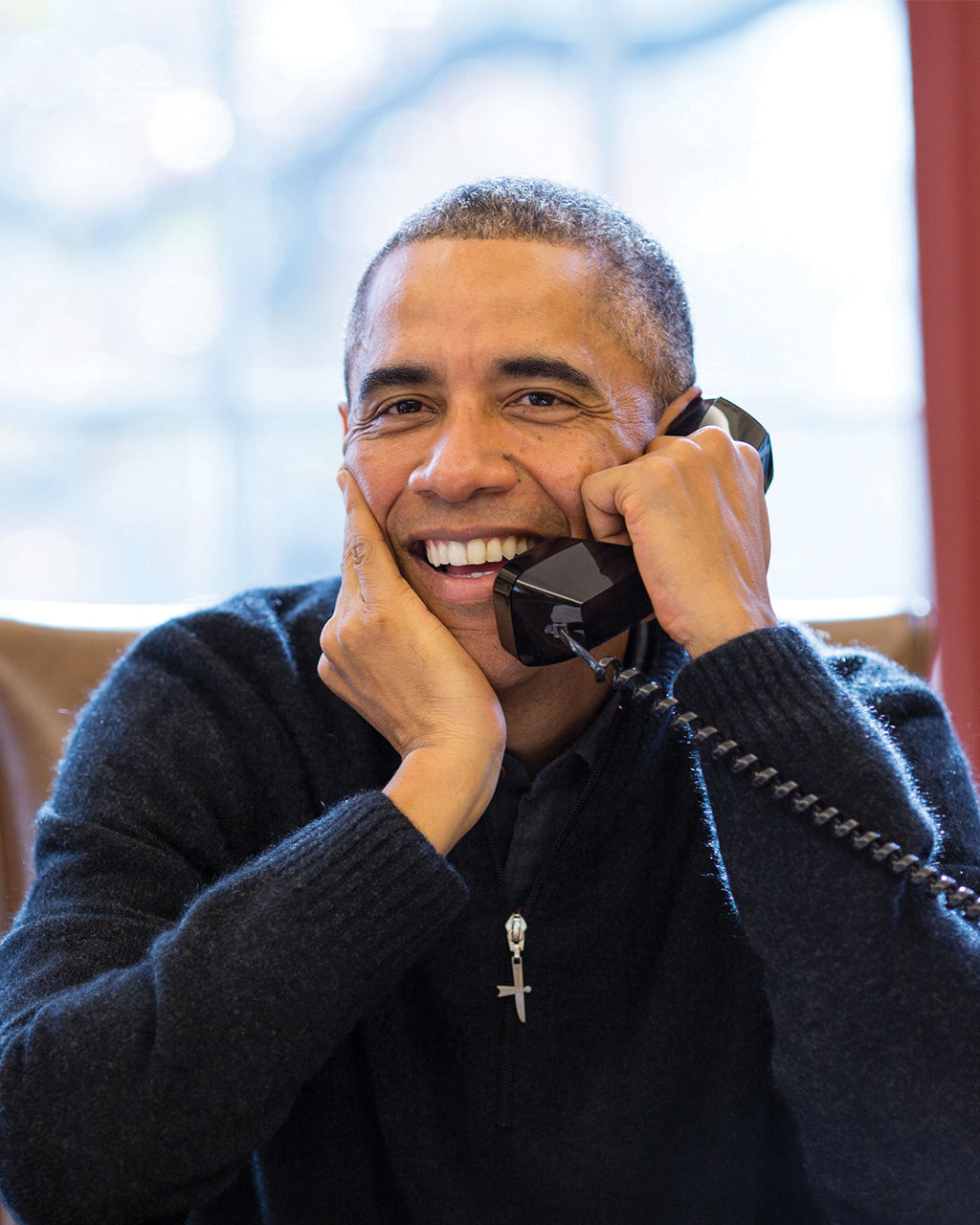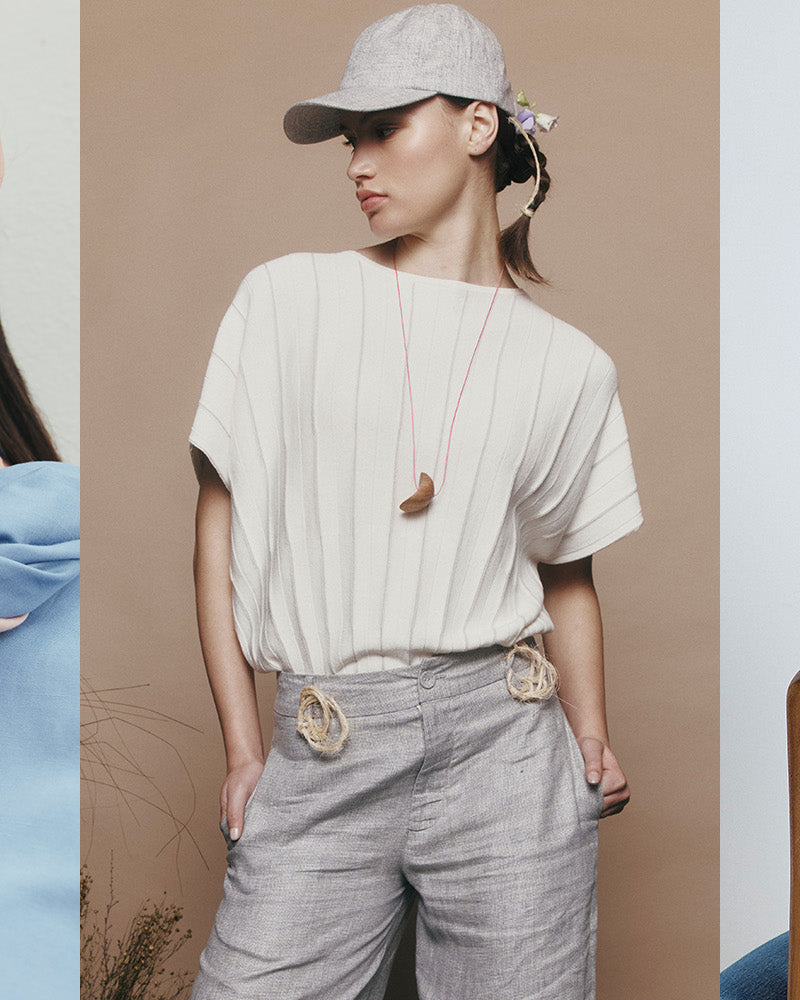Since sustainability skyrocketed up the list of consumer desires, brands have been doing all they can to showcase their green credentials, appealing to an audience who cares about the impact fashion has on the planet and people. There are many brands who are putting in the hard work, taking extra steps to ensure they make the best choices, from the fibres used to how a garment is designed, but it’s become difficult to tell these brands and the pretenders apart.
Greenwashing has flooded the industry, with major polluters and waste-makers claiming to be sustainable when in fact they are part of the problem. In 2021, the International Consumer Protection Enforcement Network performed its annual ‘sweep’ of websites and focused on misleading environmental claims for the first time. It was found that 40% of websites used marketing tactics that could be considered misleading and could even be breaking the law. But how can you tell what’s greenwashing and what’s true sustainability? Here are some tips:
Vague claims and unclear language
In a report on the online sweep, the top misleading tactic mentioned was the use of vague claims and unclear language “without adequate explanation or evidence of the claims”. This could be a brand signposting an ‘eco’ collection without explaining what makes it eco-friendly, or referring to products as being ‘sustainable’ without any evidence to back it up. For example, over half of major fashion brands publish targets on sustainable materials, but only 44% provide information on what actually constitutes a sustainable material. If a brand provides no evidence, doesn’t clarify its terminology, and leaves you with more questions than answers, it’s probably greenwashing.

Faux certifications
Certifications and third-party verifications are a brilliant way of ascertaining a brand’s sustainability because they mean that a specific set of practices – it could be sourcing, dyeing, or manufacturing, for instance – have been checked by an independent body and are considered to meet the necessary environmental or social requirements. Ones to look out for include B Corp certification, Global Organic Textile Standard (GOTS), ZQ and ZQRX, Bluesign, ECOCERT, Fairtrade, FSC, and Cradle to Cradle Certified. These certifications come with logos that certified brands can place on their website, product pages, or labels. However, some brands simply create their own labels. It could be anything from ‘Earth Friendly’ above a globe logo, to ‘Natural’ next to a leaf illustration, or ‘Conscious’ inside recycling-style arrows. Unless they are backed by an independent certification or verification body, these little logos are nothing more than decoration.
Leaving out key information
A brand may talk about how a new collection utilises 10% recycled fibres, or more natural fibres. That sounds great, but what is the origin of the other fibres? Where were they made? What is their impact? Equally, a campaign might highlight how many items a brand has collected via a takeback scheme but fail to mention how many new items the brand produces each year. This sort of selective information is a red flag. Of course, no brand is perfect, but you’ll notice that the ones who are always trying to improve don’t shy away from talking about what they need to change.

Only a small collection is ‘sustainable’
Sustainability should be a practice, not something to dip in and out of according to its popularity. However, it’s common, particularly among fast fashion brands, to release small so-called ‘sustainable’ collections, while the other 99% of products for sale are made as cheaply as possible, in poor conditions, from synthetic fibres, with no consideration for the environment or what will happen to the clothes when they are discarded. If a brand is talking about sustainability, check whether the ethos applies to everything it makes or just a tiny selection.
They never check in on their targets
Setting targets is very important for progress. Even the most dedicated sustainable brands out there will have numerous targets to work towards in order to keep improving. However, some brands use target setting for marketing and then… never mention it again. It sounds wonderful for a brand to promise to half its impact by a certain date, for instance, but updates on how work towards the target is progressing should be forthcoming. According to Good On You, 51% of large brands with greenhouse gas emissions targets do not state whether they are on track to meet them, and in recent years some fashion brands have even quietly abandoned targets they’d previously made a lot of noise about. They got the good press, then failed to do the work.
There’s no transparency
18% of major brands scored 0% on the 2023 Fashion Revolution Transparency Index, which asks fashion brands to disclose information about aspects of their business such as wages, supply chains, and environmental targets. Just 12% publish a responsible purchasing code of conduct, and 99% of major fashion brands do not share the number of workers in their supply chain being paid a living wage. Transparency is the central weapon in the fight against greenwashing. Being truly open about garment makers, fibres and fabrics, internal rules and regulations, progress towards targets, sourcing and suppliers, and environmental impacts is the only way to clear the smoke and mirrors of greenwashing. In 2024 we are launching a responsibility report which will give you metrics across UW including our workplace culture and team. We can’t wait to share this with you.
Actions you can take:
- Keep asking questions. Consumer curiosity has been a catalyst for transparency in fashion; so the more you ask, the more transparent brands must become. And always remember a truly sustainable brand will be happy to answer any question you throw at them. You can contact us via email, Instagram or Facebook.
- Share your knowledge. Sharing the good (and the bad…) is a powerful way to educate your community. Whether it’s via social media or over coffee, the more knowledge we share, the more informed decisions we can all make.
- Slow down. To truly cut through the noise and get to the truth, we all need to go a little more slowly. Slowing down consumption gives us more time to separate fact from fiction, and it also means that whatever we do buy will be treasured because we haven’t rushed into an impulse purchase.















